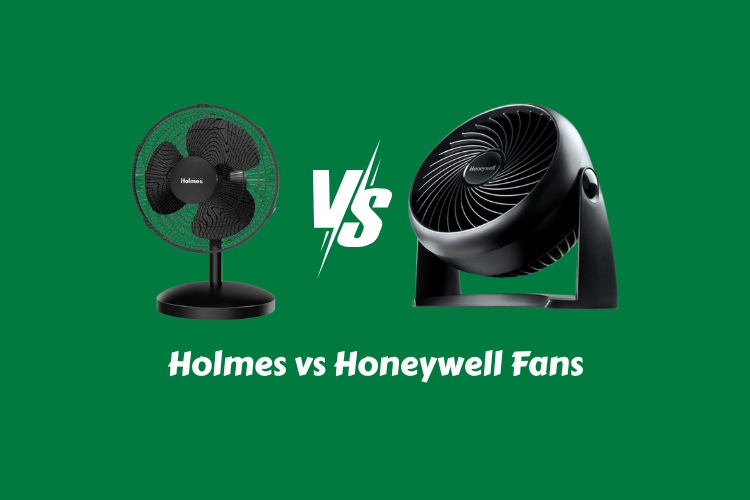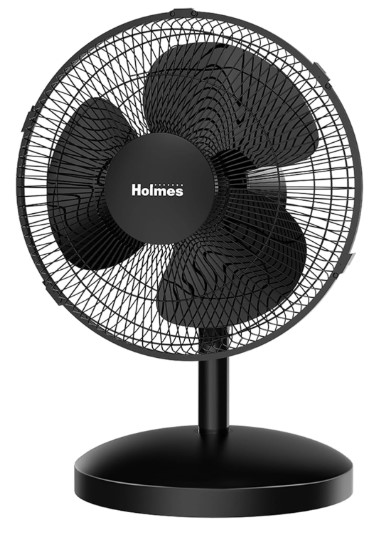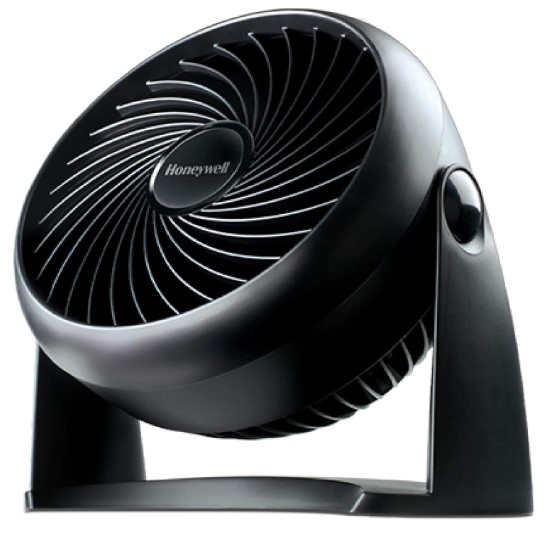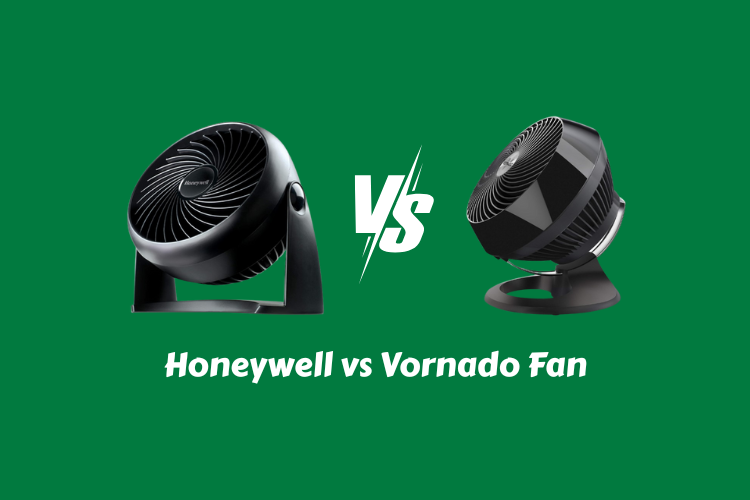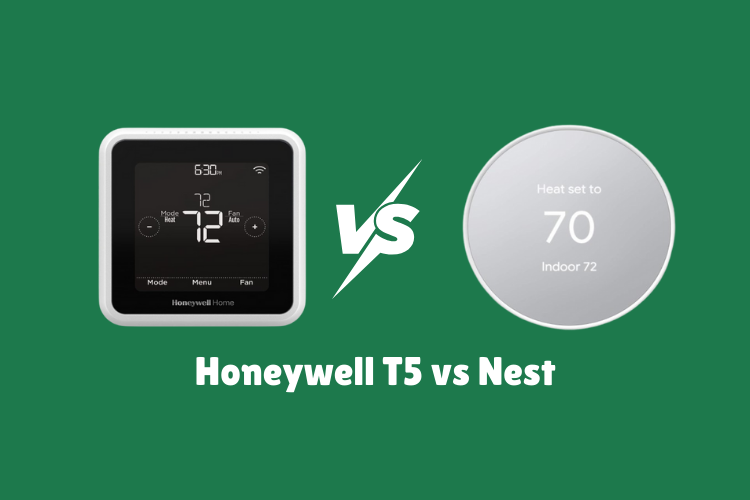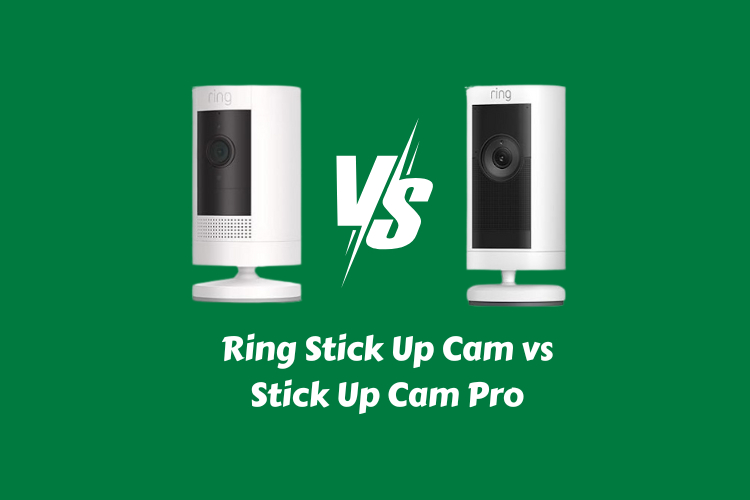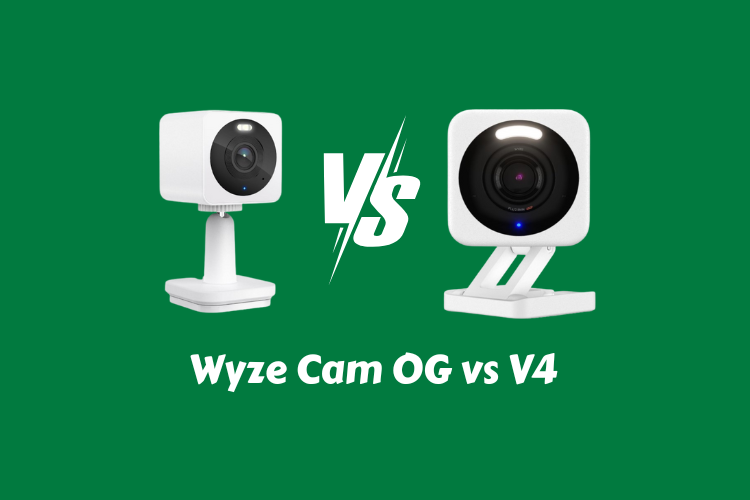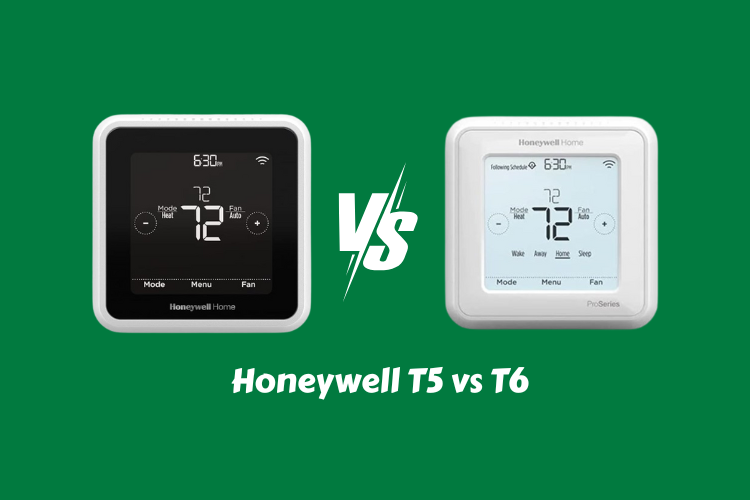Holmes vs Honeywell Fans – Which Brand Keeps You Cooler?
Product Details
The Holmes table fan comes in black with a modern look. It measures 13.5 by 13.5 by 18.5 inches. The fan has a corded electric power source. It works well in bedrooms, living rooms, offices, and kitchens. The design includes a plastic body, button controls, and three speed settings.
Features
-
Three custom speed options
-
Airflow up to 17 feet per second with 1,014 CFM
-
Motorized 75° oscillation for wide coverage
-
15° adjustable head tilt
-
Noise level of 56 dB, like a normal conversation
-
Ready-to-use setup with one-year limited warranty
What is the good?
The Holmes fan pushes a strong airflow, great for larger rooms. Wide oscillation helps cool more space evenly. The adjustable tilt allows flexible direction. It is simple to use, and the black finish blends with most room styles.
What is the bad?
The fan is bigger than other table fans, so it needs more space. At higher speeds, the sound may feel noticeable, even if not too loud. It also lacks advanced features like a remote or timer.
Overall Opinion
Holmes delivers a reliable table fan for families who need more air circulation in wider spaces. It is sturdy, effective, and covers a room better than most small fans.
Honeywell Turbo Force Fan
Product Details
The Honeywell Turbo Force Air Circulator Fan is compact and versatile. It measures 6.3 by 8.94 by 10.9 inches. The fan works on corded electric power and is made of plastic with button controls. It fits well on a table, desk, or can be wall-mounted. It has three speed levels.
Features
-
Turbo design for stronger airflow
-
90° pivoting head for flexible direction
-
Air reaches up to 27 feet away
-
Compact body, easy to place in small rooms
-
Noise level as low as 0.1 dB
-
Produces 185 CFM airflow
-
Can mount on wall for space-saving use
What is the good?
The Honeywell fan is small but powerful. It works well in bedrooms or small to medium spaces. The turbo design makes the airflow feel strong, even from a distance. The 90° pivot head gives better control of direction. Quiet operation makes it ideal for night use.
What is the bad?
Its small size limits coverage for larger rooms. The airflow is not as strong as bigger fans. The manual design has no remote, timer, or oscillation feature.
Overall Opinion
Honeywell gives a compact and quiet solution for cooling small areas. It is easy to place anywhere and offers strong performance for its size.
Details Comparison for Holmes vs Honeywell Fans
Holmes and Honeywell both deliver good cooling but in different ways. Holmes fans are larger, cover more area, and work well in shared spaces like living rooms.
Honeywell fans are smaller, quieter, and better for bedrooms or desks. Holmes offers wider oscillation, while Honeywell focuses on a turbo design with direct airflow.
Holmes reaches higher CFM, but Honeywell has a longer throw distance in smaller spaces. The choice depends on room size and personal needs.
FAQs
1. Which fan is better for a bedroom?
Honeywell is better for bedrooms because it is quieter and smaller.
2. Which fan moves more air?
Holmes moves more air with higher CFM, making it better for large rooms.
3. Can both fans tilt?
Yes. Holmes tilts 15° while Honeywell tilts up to 90°.
4. Does the Honeywell fan oscillate?
No. Honeywell has a pivoting head but no oscillation.
5. Which fan saves more space?
Honeywell is compact and can be wall-mounted, making it the best space-saver.
Conclusion
Holmes and Honeywell fans both perform well, but they serve different needs. Holmes fits larger rooms with strong airflow and wide oscillation.
Honeywell suits smaller rooms with quiet, directed airflow and compact design. For families who want more coverage, Holmes is the better choice. For personal use at a desk or bedside, Honeywell feels more practical.

